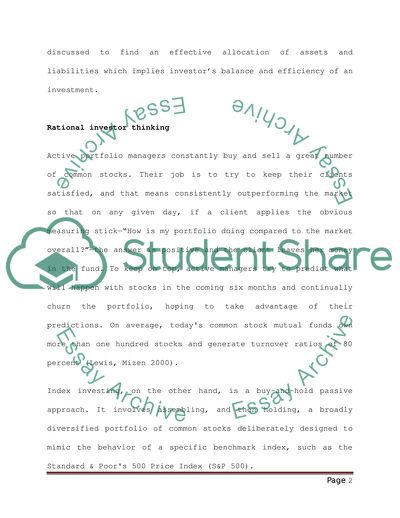Cite this document
(How does a Rational Investor Build the Optimal Portfolio Coursework, n.d.)
How does a Rational Investor Build the Optimal Portfolio Coursework. Retrieved from https://studentshare.org/marketing/1712443-how-does-a-rational-investor-build-the-optimal-portfolio-should-international-securities-be-added-to-that
How does a Rational Investor Build the Optimal Portfolio Coursework. Retrieved from https://studentshare.org/marketing/1712443-how-does-a-rational-investor-build-the-optimal-portfolio-should-international-securities-be-added-to-that
(How Does a Rational Investor Build the Optimal Portfolio Coursework)
How Does a Rational Investor Build the Optimal Portfolio Coursework. https://studentshare.org/marketing/1712443-how-does-a-rational-investor-build-the-optimal-portfolio-should-international-securities-be-added-to-that.
How Does a Rational Investor Build the Optimal Portfolio Coursework. https://studentshare.org/marketing/1712443-how-does-a-rational-investor-build-the-optimal-portfolio-should-international-securities-be-added-to-that.
“How Does a Rational Investor Build the Optimal Portfolio Coursework”. https://studentshare.org/marketing/1712443-how-does-a-rational-investor-build-the-optimal-portfolio-should-international-securities-be-added-to-that.


